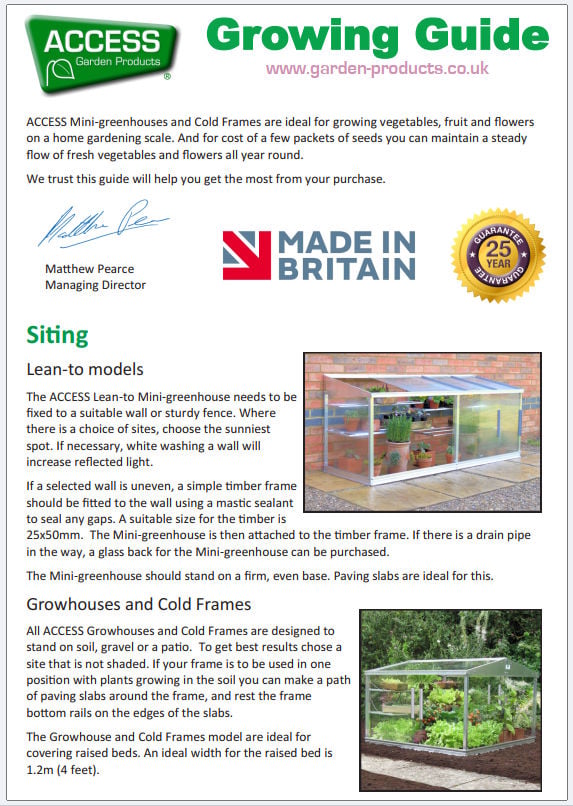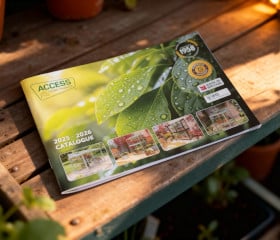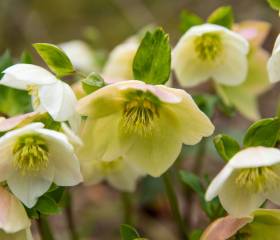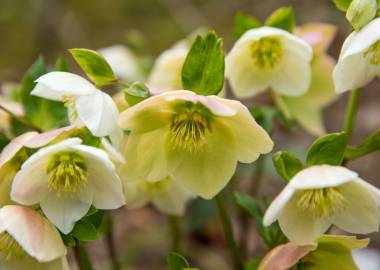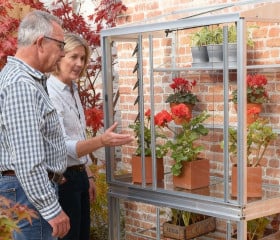Growing Guides
For the cost of a few packets of seeds you can maintain a steady flow of fresh vegetables and flowers all year round with the help of your Access Mini-greenhouse or frame. We trust this guide will help you get the most from your sound investment in an Access product. We have been using Access Cold Frames at Crick for about 50 years originally on a commercial and now on a home garden scale, and know you will get years of gardening pleasure from your purchase.
Lettuce
Always sow the correct variety for the time of year. Avoid sowing or planting on very freshly manured ground.
Autumn – Sow these varieties in August [July] ready for covering in October, to mature November/December – Dandie, Kweik, May King, Avoncrop, Dolly.
Winter – Sow a small seed bed in the frame in October [late September] with Kloek. Plus, Arctic King, May Queen, Kweik etc. ready to plant out in the frame in November/December for maturing in March/April.
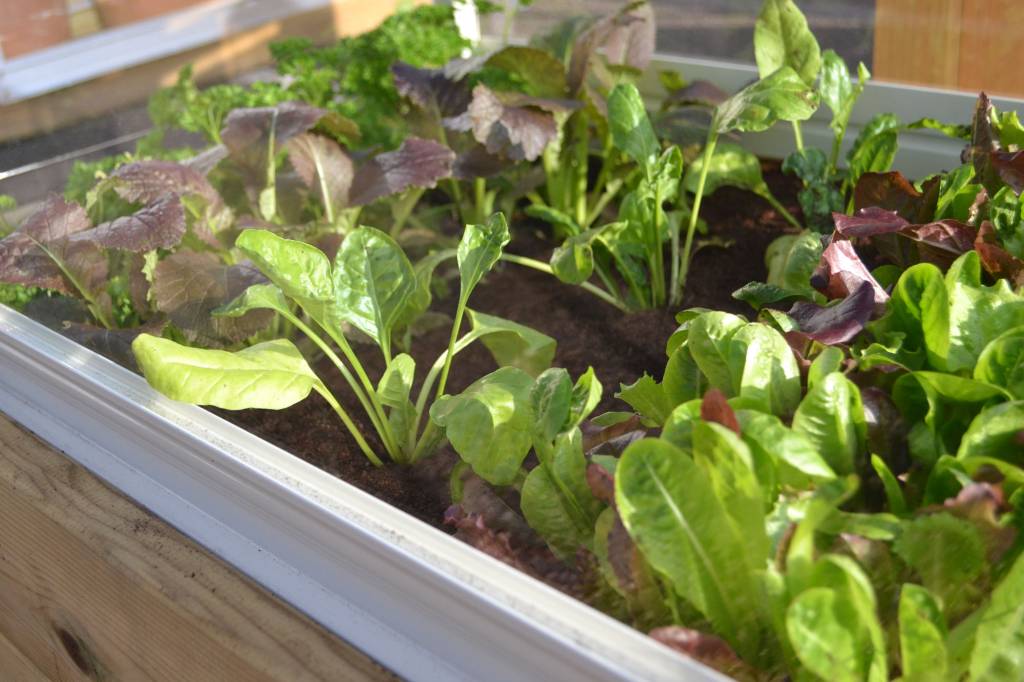
Tomatoes
Spring – For the earliest harvesting, sow late in December in a seed tray indoors on a windowsill or in a heated greenhouse. Best varieties are Lobjoits Green, Little Sam, May Queen. Plant out when at 2 leaf stage in January (put frame in position 7-10 days before). Lettuce can be intercropped with broad beans. If only one half is planted, more lettuce can be sown towards the end of the month in the other half, and peas sown between the rows. Ensure the ground is adequately moist before sowing or planting. Ventilate on hot days. Water once or twice, if required, and ventilate afterwards.
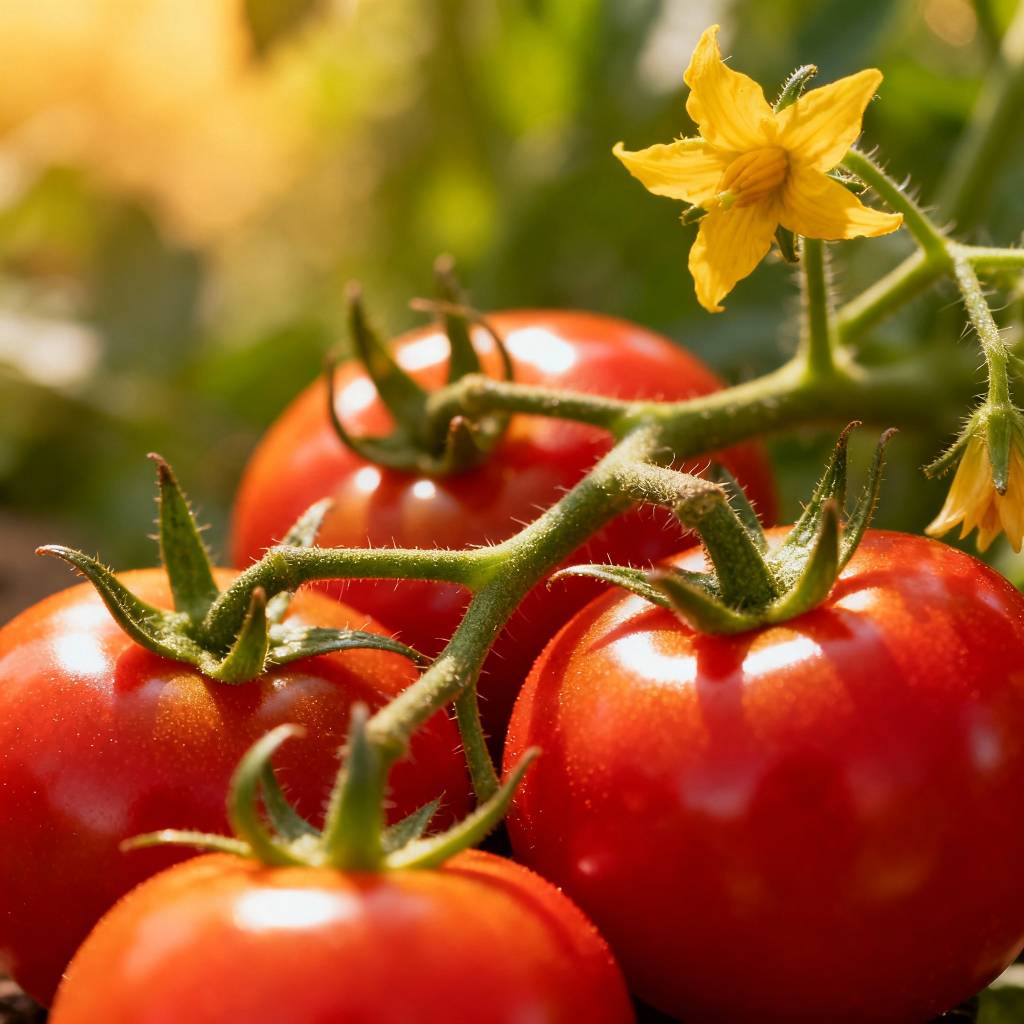
Home grown tomatoes have an exquisite flavour and make an ideal summer crop. They also have the advantage that the make use of the greenhouse during the summer months when the greenhouse would otherwise stand empty.
In the UK, although tomatoes can be grown outside, they are very much at the mercy of the weather – by growing tomatoes inside the greenhouse, the crops will be earlier but also more reliable.
If you want a longer cropping season, plant some of the tomato plants inside the greenhouse and some outside – these will ripen more slowly and crop later.
Although tomatoes generally are best watered from the base, the mist watering can be used to aid flower setting and reduce the incidence of red spider mite that thrives in dry conditions.
The sliding roof panels also prevent the greenhouse from getting too hot – always a problem in a traditional greenhouse.
Greenhouse Tomatoes
Standard greenhouse varieties are ideal for the Lean-to-Mini-greenhouses. Plant direct in the soil 50cms/20” apart, or two or three in a grow bag. Try varieties Garden Delight, Shirley and Red Cherry.
These can be planted Mid-April [May] while still hardening off the bedding plants. Either fold back the shelves as they grow, or leave in position to tie the growing plants to. Stop when they reach the roof, or if it is a good summer, remove the top sheets and let them grow out of the roof. Remove lower leaves to aid air circulation. Apply liquid feed every 10 days.
Bush Tomatoes
These are best for Lean-to frames and free standing frames. Bush tomatoes should be planted out in Mid April [May] when the weather gets warmer, 50cm/20” apart each way. Varieties such as Amateur, French Cross, Outdoor Girl and Bush Goliath are suitable.
It is advisable to limit the growth of the bushes. This is best done by allowing the strong shoot in the top leaf axil to develop, and also four more strong shoots from the base of the plant. The intermediate shoots starting from the main stem are removed. Allow 2-3 trusses on each of the 5 shoots. The shoots should be supported with twine attached to bamboo canes, or wire, stretched across the underside of the top legs of the frame. Give liquid feed every 10 days once fruit has set. Bush tomatoes do very well in ACCESS frames. One can expect about 20kg/45lbs of tomatoes from an 2 x 1m frame.

Strawberries
In order to get good growth in the autumn, runners should be planted up in August/early September, 4 rows to a frame with 25cm/10″ between rows and plants 20cm/ 12″ to 40cm/15″ in the row. Plant very firmly. A rich organic soil is essential; you cannot get good flavour by adding chemical fertilisers. Keep moist all through the autumn to ensure good root growth. Cover the plants during February. Give plenty of ventilation during flowering, to aid pollination. Dampening down each morning has been shown to give an increase in flowers setting, and it is worth having the Access mist irrigation line for this. Keep a watch for greenfly during April and May, and spray with pyrethrum immediately. Permanent side ventilation will probably be needed from April onwards. In very hot weather replace two sheets of the glass with wire netting panels. Do not cover the same plants for a second year, but plant up fresh runners annually. The covered plants can be thinned out at the end of the season by removing two rows, and left for outdoor fruiting. Varieties ‘Cambridge Favourite’ or try Seymour’s ‘Temptation’ – raise from seed.
Peppers (Capsicum) and Aubergines
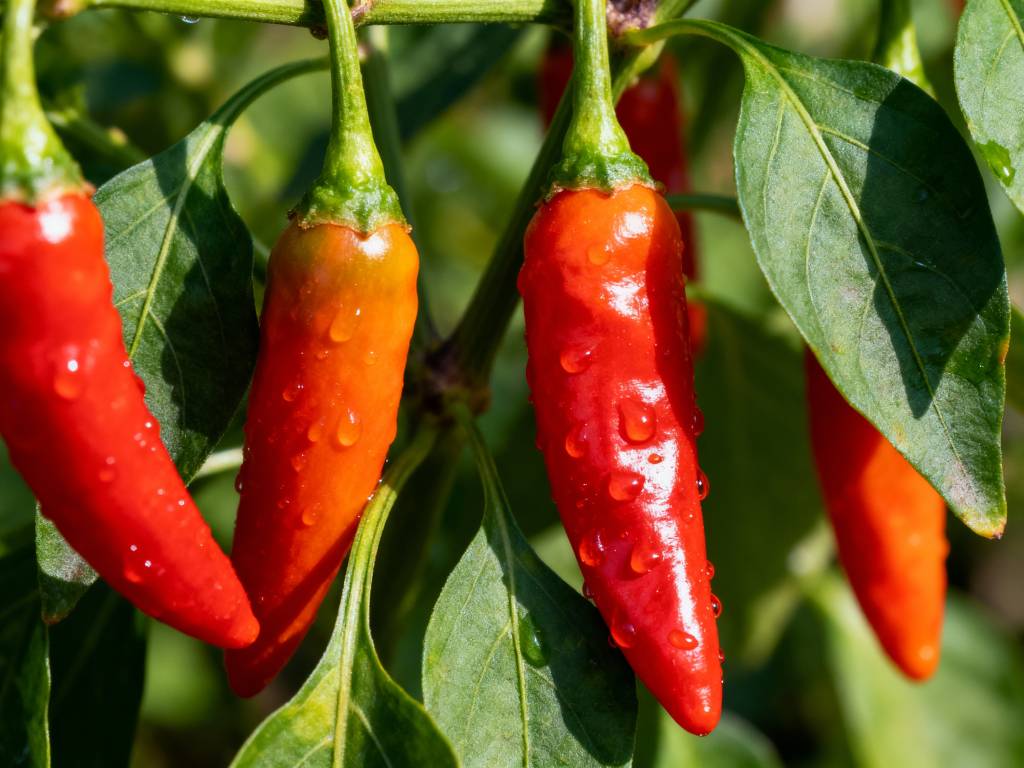
Sow seed in heat in April (aubergines February) and plant out late May (June). Incorporate well rotted manure or compost into the soil, before planting. Plant 2 rows, 0.5m/20″ apart. Increase the irrigation, and when the plants are touching keep thoroughly moist. During flowering turn on the mist line for about 30 seconds in the afternoons to help set the fruits. Check frequently for red spider and greenfly. Mulch monthly with 1/2″ of lawn mowings. Varieties: Granny Smith or Salad Mixed.
Melons
Sow seed in heat in April and plant out late May (early June). Dig out 25cm/10″ square holes, 25cm/10″ deep 0.6m/2ft apart down the centre of the frame, and fill with well rotted manure or compost. Replace the soil and plant on the mound. Put a small patch of white shading over each plant, to assist rapid establishment.
7-10 days after planting remove all leaves except the first four true leaves beyond the cotyledons (seed leaves). The four laterals resulting should be trained to the corners of a square. Stop these when showing 7 leaves. Sub laterals then appear which are stopped at 5 leaves. The 3rd set of laterals then appear which bear the fruit. Give plenty of ventilation to let in the insects for pollination.
When fruits are the size of a gooseberry, thin to four or five of the best looking fruits per plant. (Be ruthless!) Stop growth 2-3 leaves beyond the fruit and remove and keep removed all other superfluous growths. Place the fruit on a square of timber to keep dry. watering should be at soil level. Don’t water during flowering to assist pollination. Keep ventilation to a minimum when fruits have been selected to keep growth rapid. Varieties: Ogen, Sweetheart.
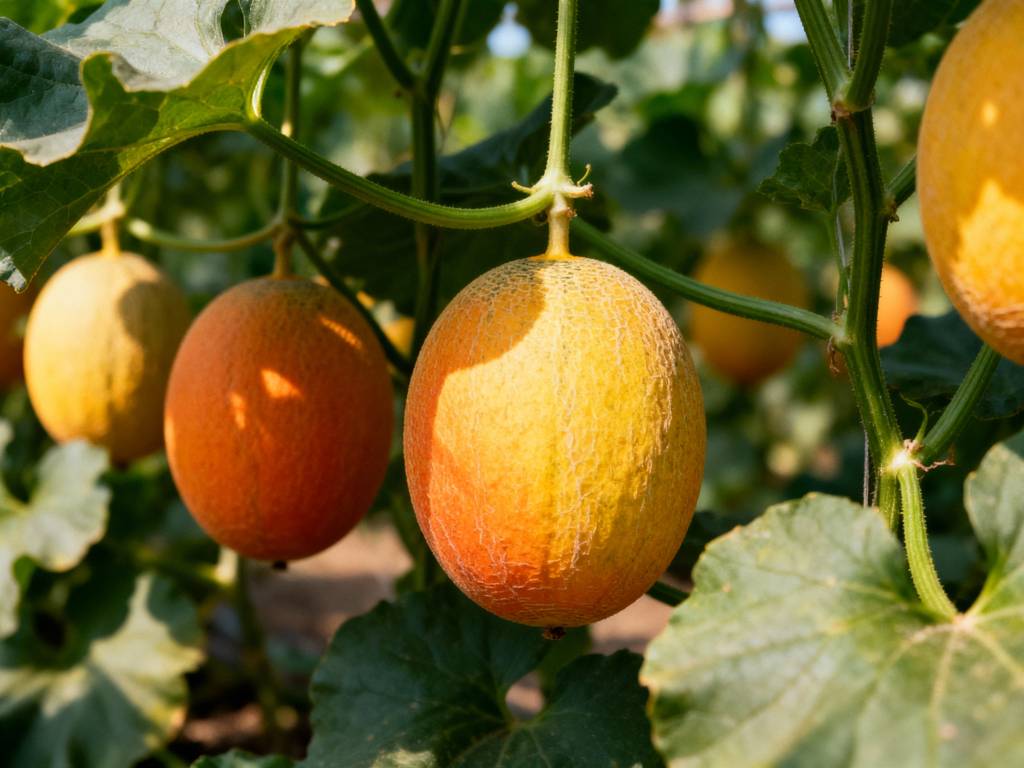
Downloadable Growing Guide
For more information on what to grow under glass, download our plant growing guide, written in conjunction with Sea Spring Seeds.
The guide covers a wide range of plants and gives detail suggestions on the most suitable varieties to use.
In addition, our Blog has many detailed articles on growing and caring for different plant varieties.
